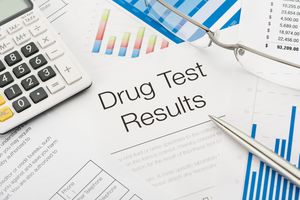There are a few different forms of buprenorphine drug testing that are available, and while some can be used onsite, some are best performed in a laboratory setting. Buprenorphine is a drug prescribed for addiction therapy and is similar in function to methadone. It is an opioid that is made from the natural compound thebaine, which is found in the juice of poppies. Temgesic, Buprenex, Suboxone, and Subutex are alternate names that this substance goes by. It is a method of addiction management that attaches to the same receptors in the brain as other opioids but does not prompt a response, such as incapacitation or severe side effects, which effectively blocks other opioids from attaching themselves.
The most common substance tests used for pre-employment screening do not detect buprenorphine, but assessments that are capable of locating it specifically have been developed. Buprenorphine drug testing can be used to see if this treatment method is being abused or used illicitly rather than as opiate rehabilitation by setting cutoff levels.
On-site assessments have the benefit of being quick, reliable, and inexpensive, but the results may need to be verified in a lab with methods such as high-phase liquid chromatography or CG/MS (gas chromatography/ mass spectrometry). Strip assessments (also known as dip cards) and cassettes are easy to use and function similarly to pregnancy tests. These methods used to contact with urine to provide almost immediate results, sometimes in a span as short as a few minutes. This is an enzyme immunoassay, which uses a color change to reveal the presence of a substance (analyte). Enzymes bind to antigens or antibodies as a method of locating certain proteins by acting as a marker. CG/MS can confirm these results or be used as their own buprenorphine drug testing method to locate and quantify buprenorphine and its metabolites.




